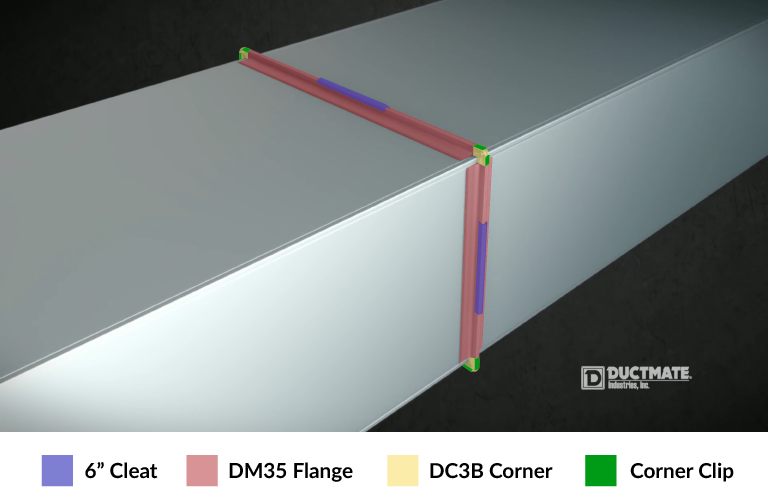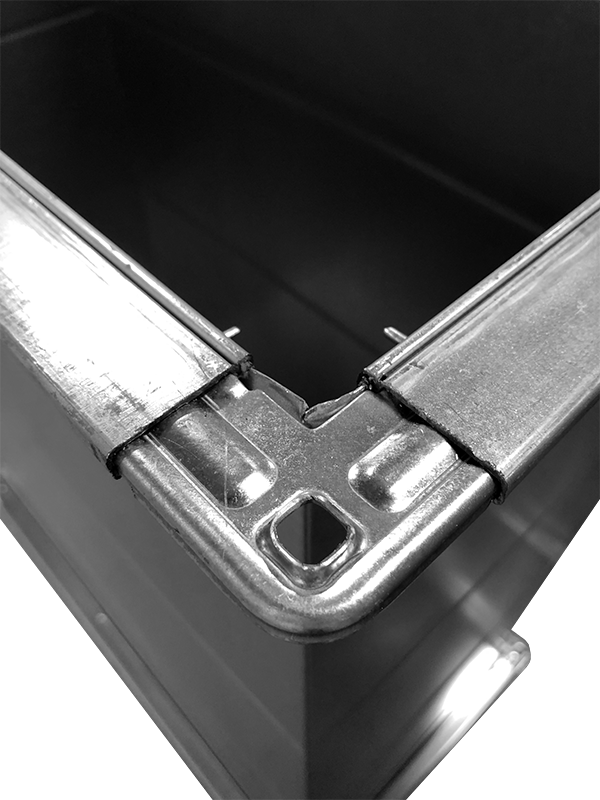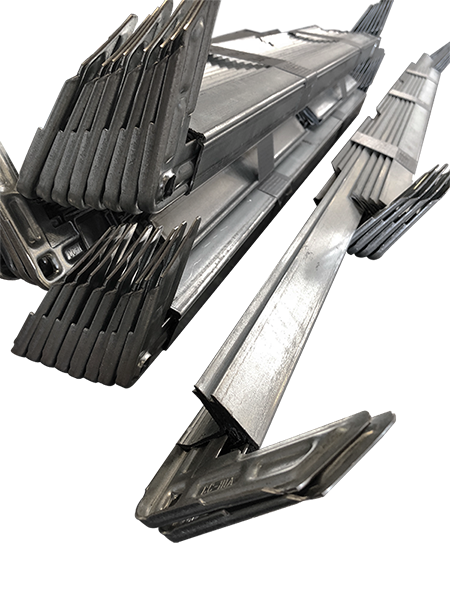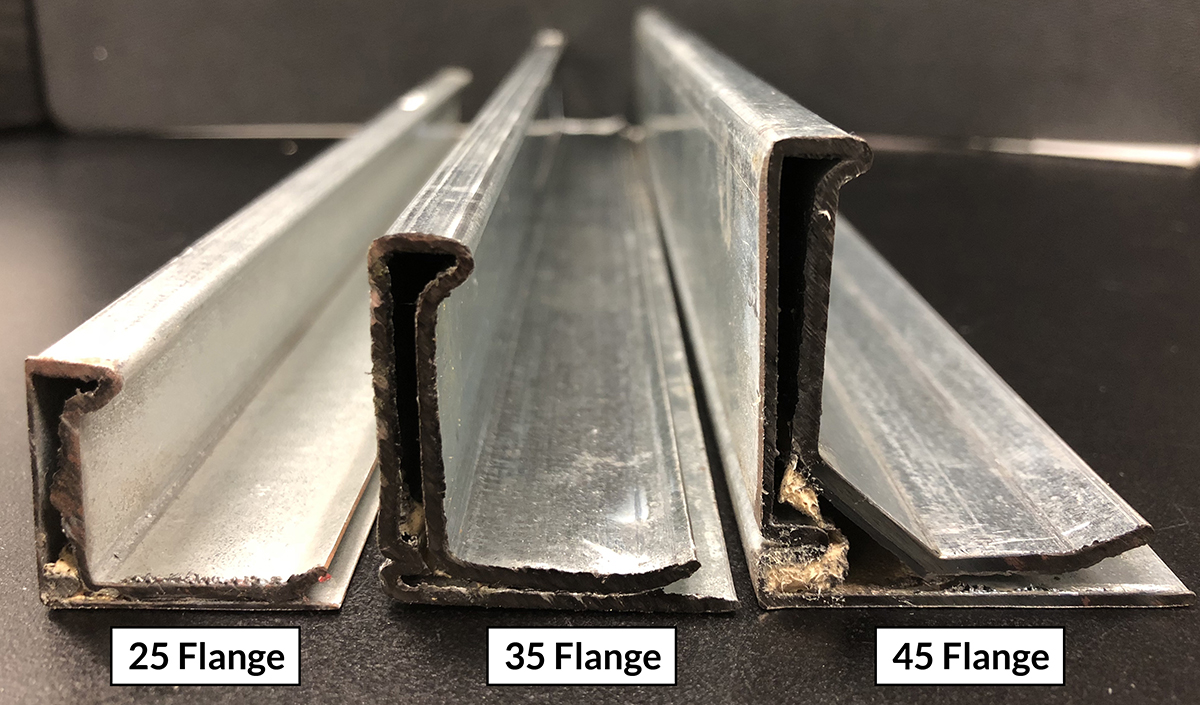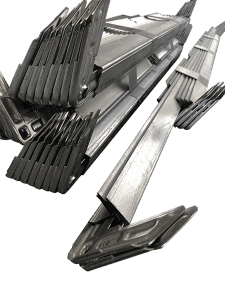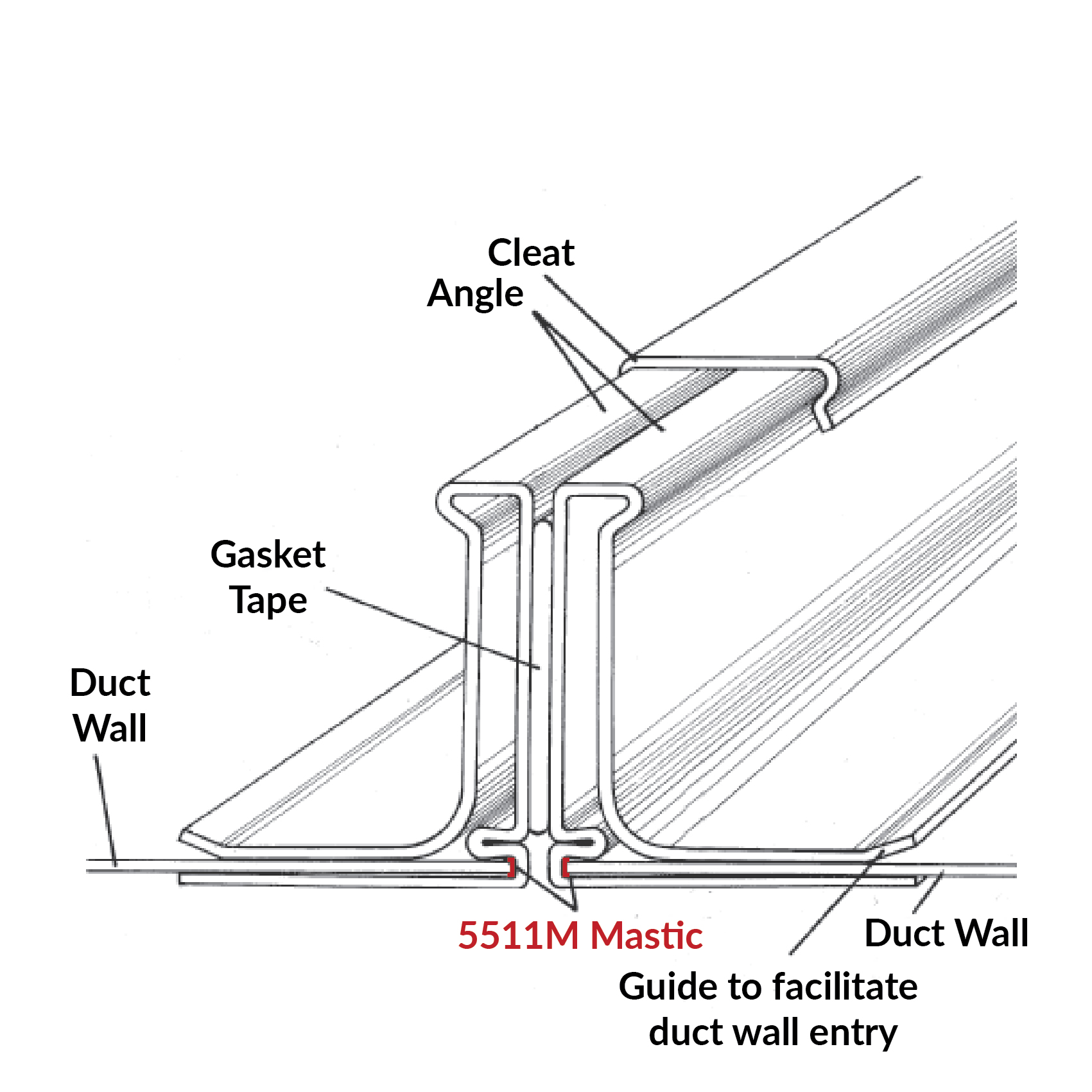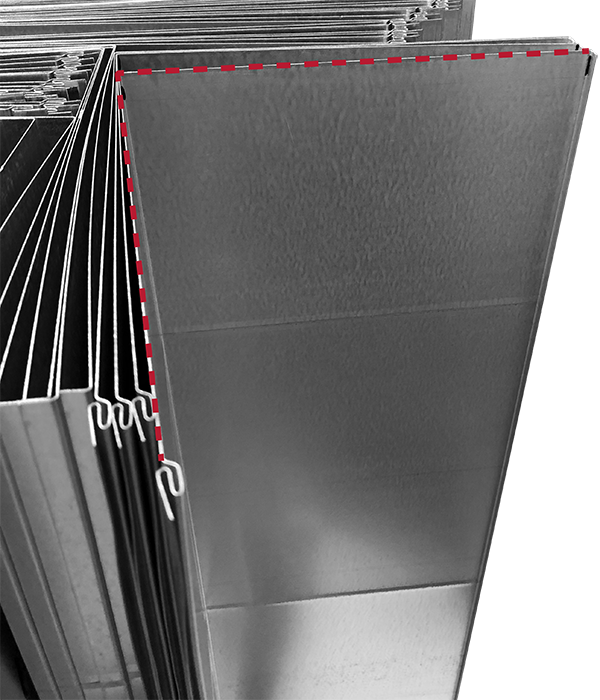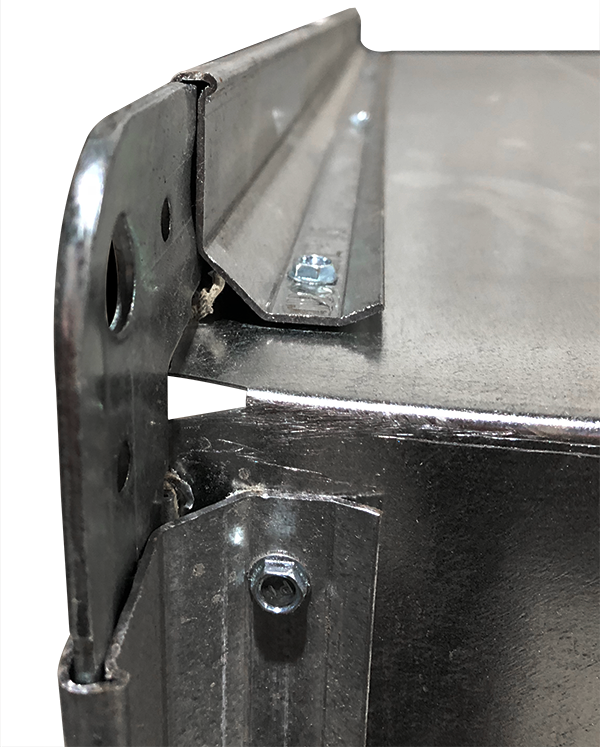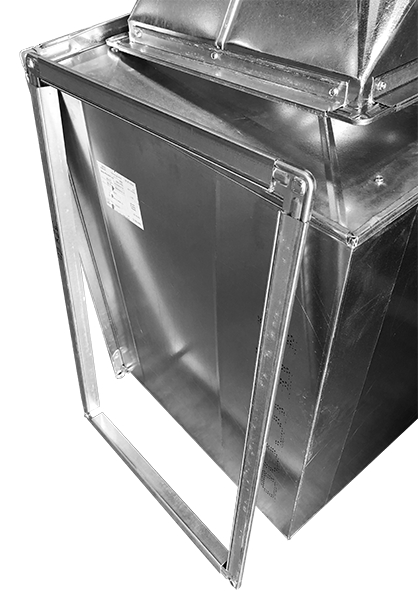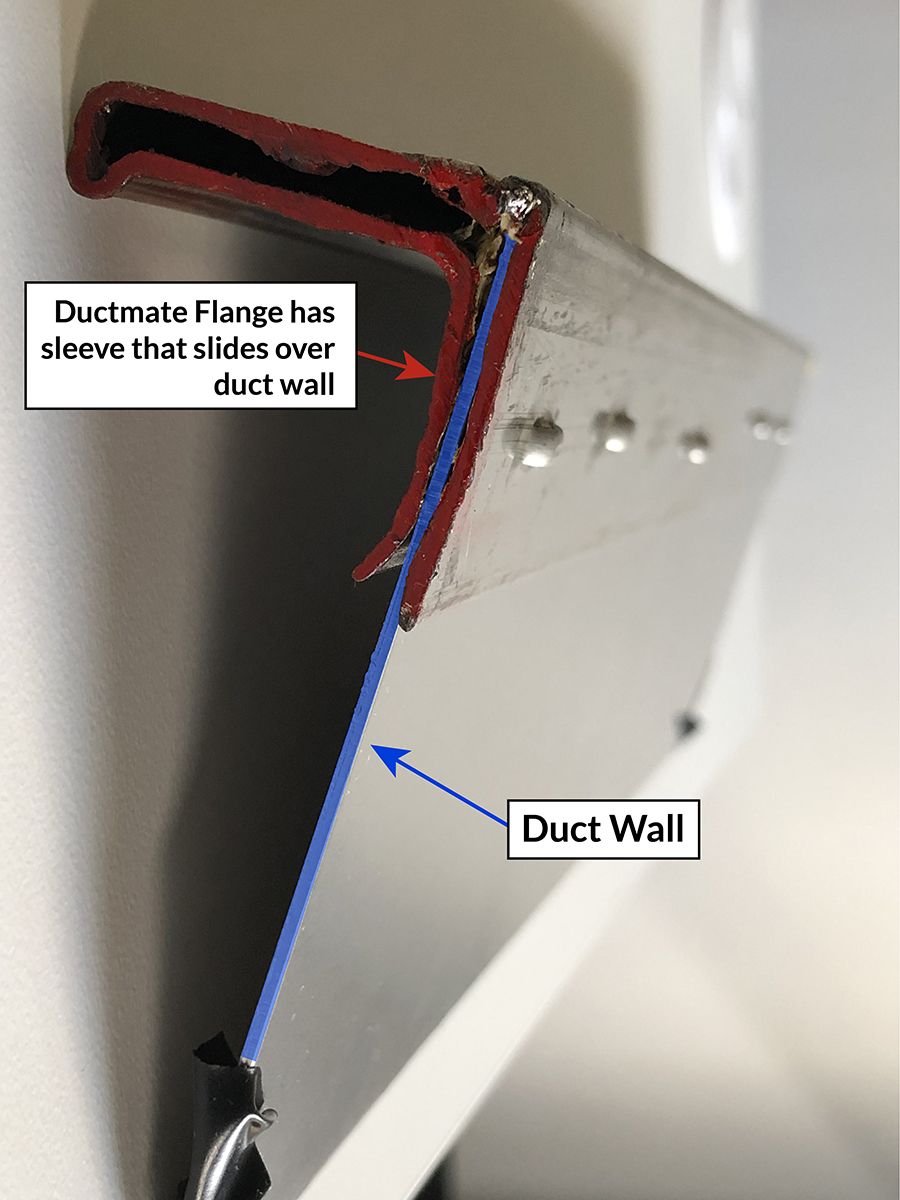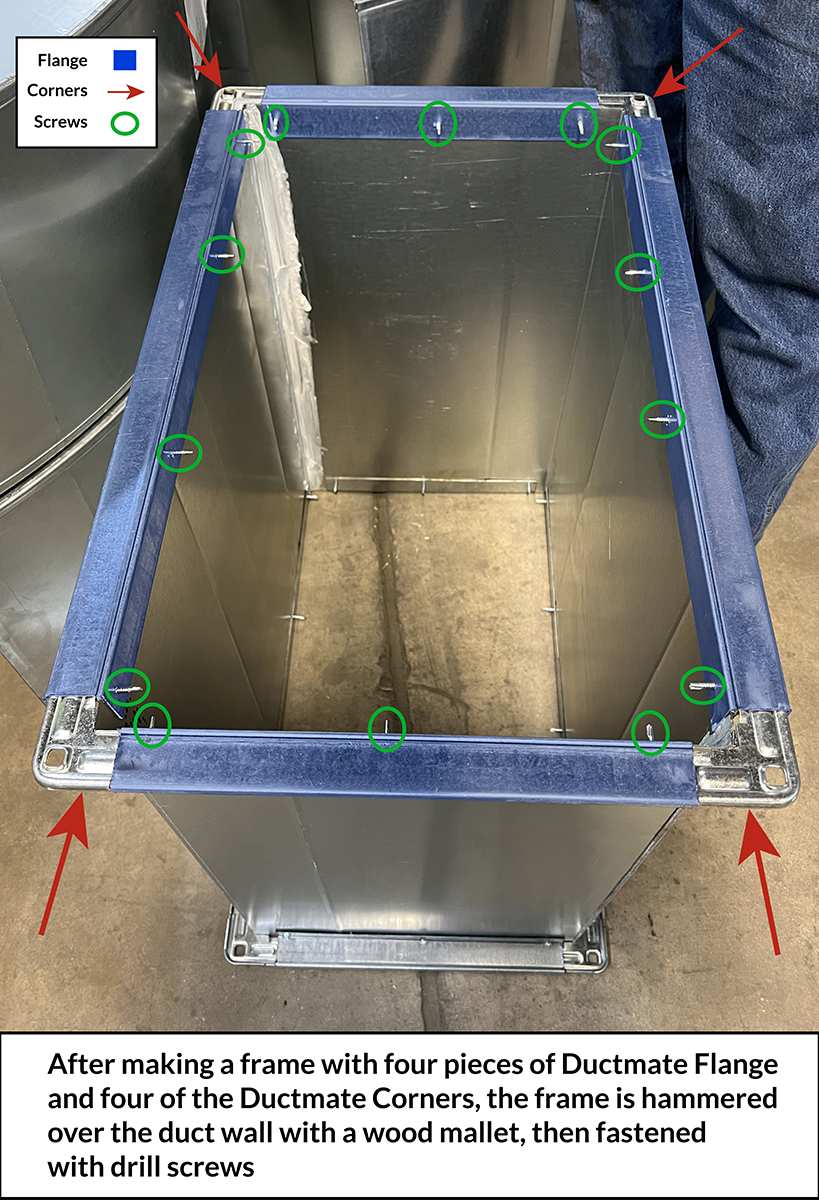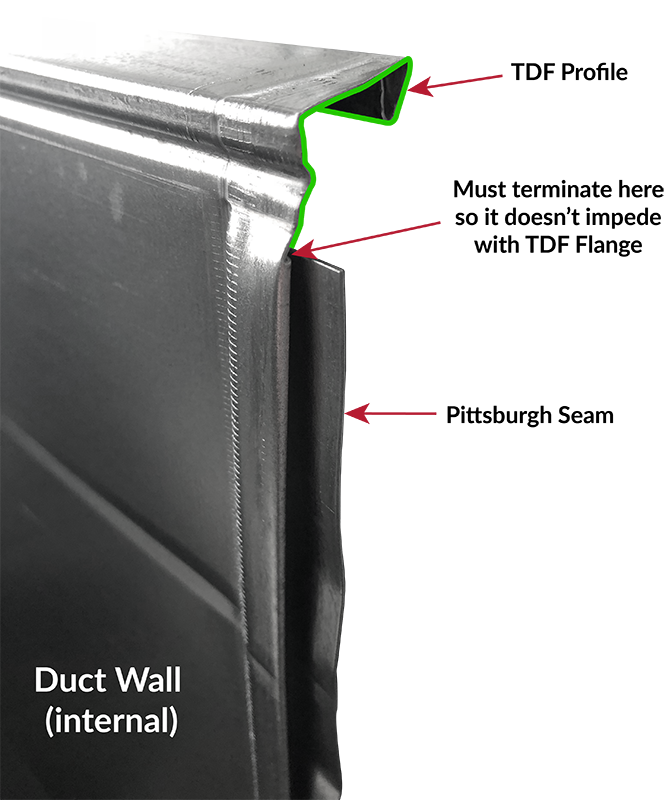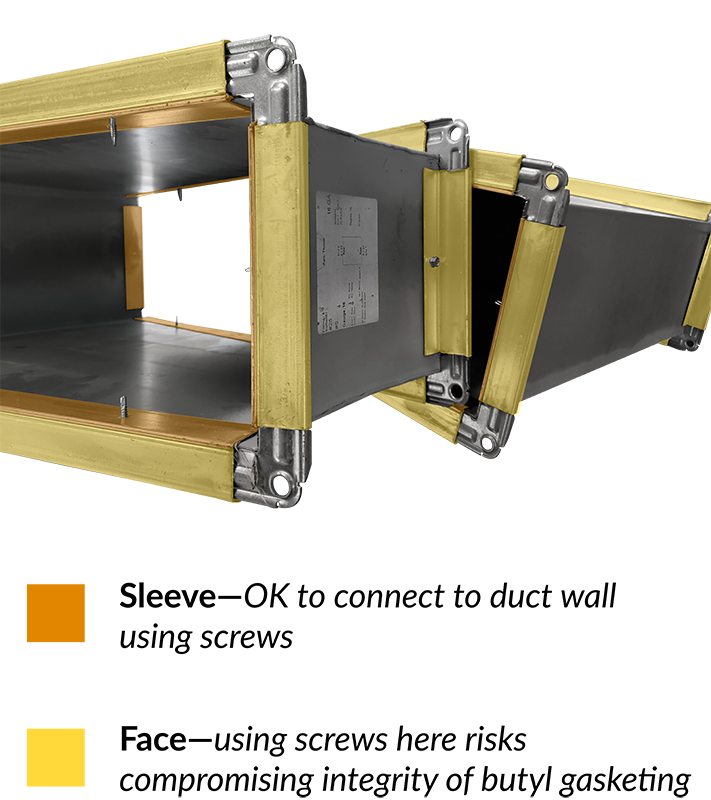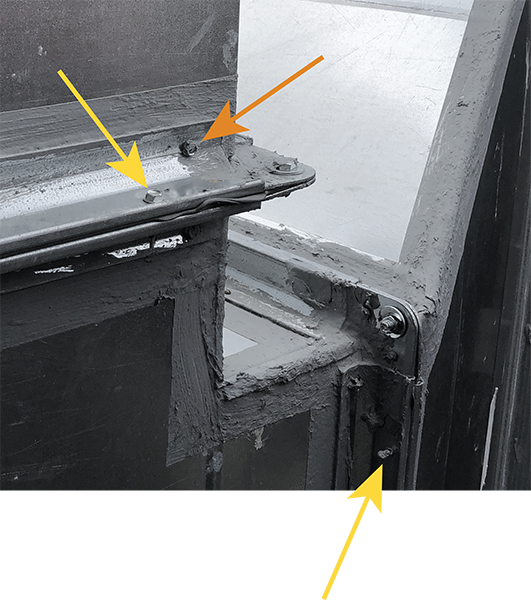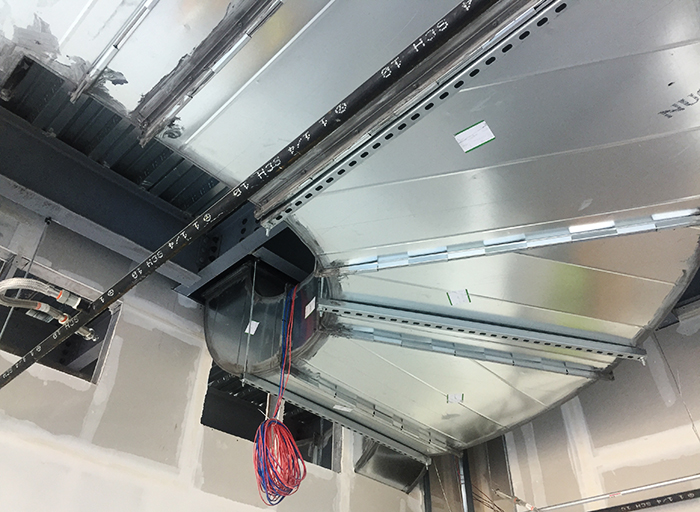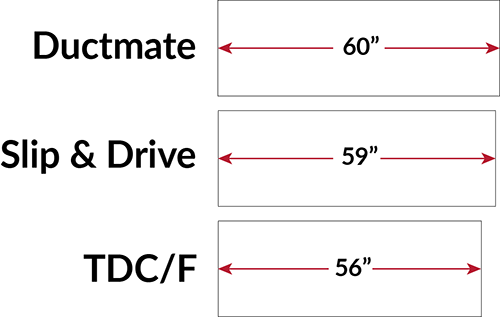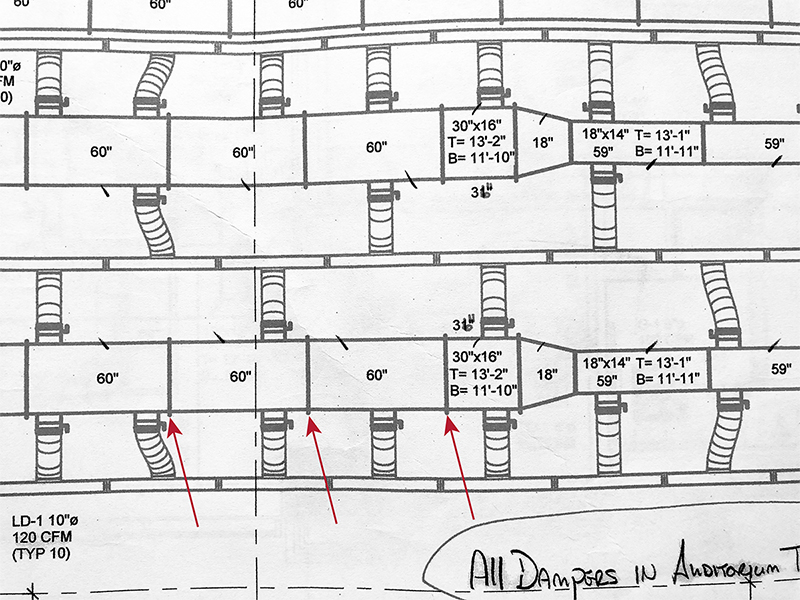Ductmate Four Bolt Flange
The Ductmate 35 Flange along with the mated accessories (corners, cleats, etc) is made into a rectangular frame that slides onto the raw ends of duct sections.
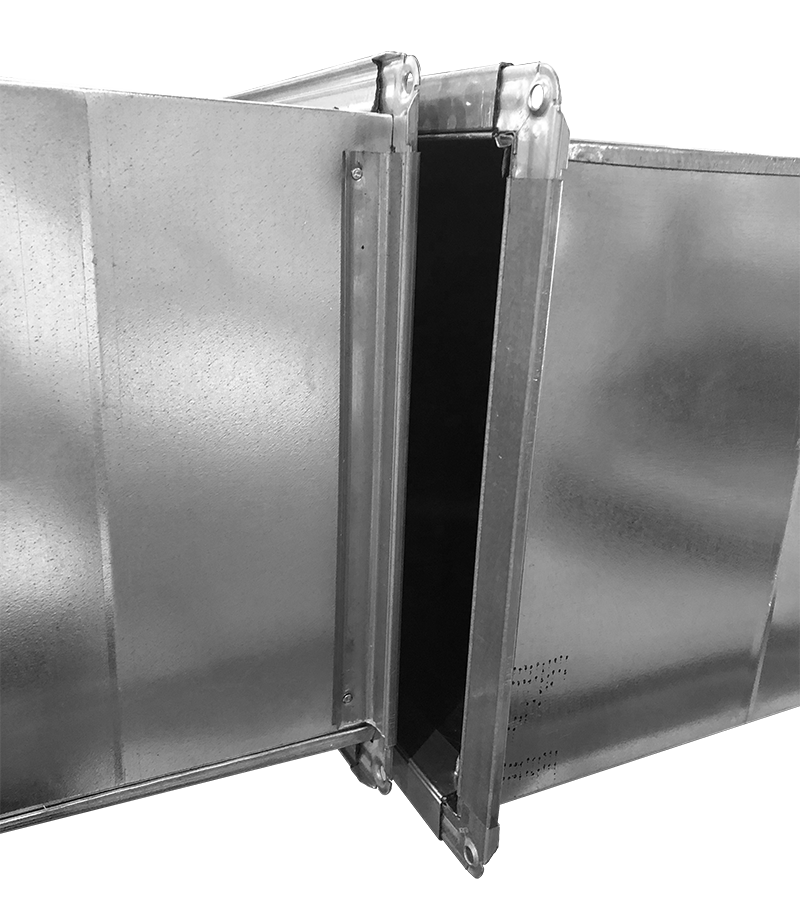
Four bolt flange systems meet a SMACNA classification of T24, the strongest transverse connection in rectangular duct.
Ductmate and Ward style flange systems use integral mastic which seals the flange to the duct wall and a butyl gasket between the flanges to virtually eliminate air leakage, making for the highest pressure class of ductwork.
Using Ductmate Flange allows fabricator to drop down a gauge thickness. It might also mean less internal or external reinforcements as it’s a stronger connection than TDC / TDF which is rolled to the same gauge as the Duct Wall.
Used by TDC / TDF shops for jobs that require a lot of job site revisions and installations or in high pressure systems.
Fab shops using Ductmate will cite the ability of using 60″ long duct sections vs 56″: less transverse connections required. They will also cite no notching of duct and no additional sealing.
And finally the aesthetics: visually, there is no end to end connection that looks as good as the Ductmate 4 Bolt system.
Ductmate: Things to Know
Ductmate Flange comes in three different sizes—small, standard and extra large
These days many would argue that there an increasing % of instances in which the drawings don’t work without job site modification and there are offsets and transitions required because of plans that worked on paper but not on the job site.
With that in mind there is increasing value in the fact that the Ductmate system is one that can be taken off for duct modification in the field vs TDC duct in which the profile is built on the ductwork.
Trim Cut Duct
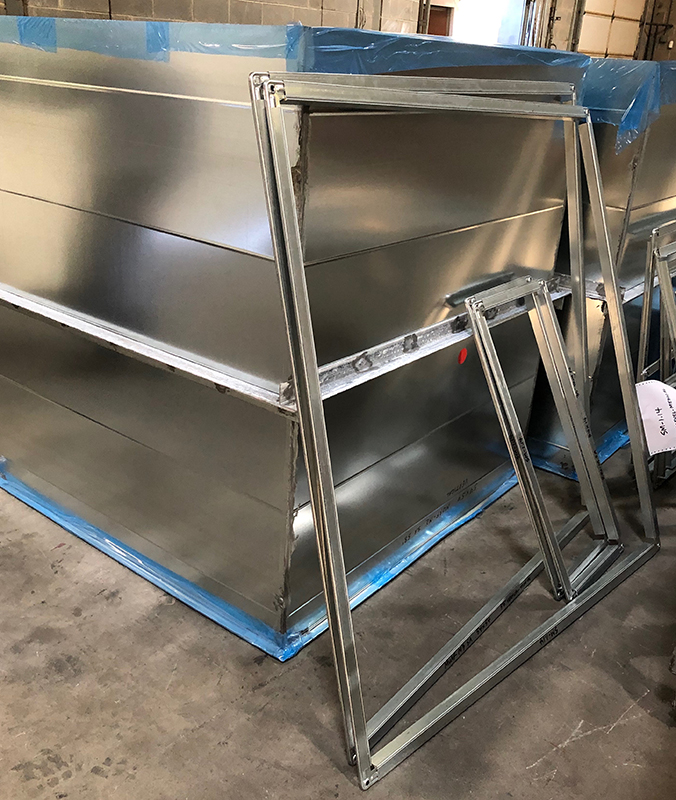
TDC/F Shops use it: Applications where TDC shops use Ductmate
- #35 Flange cut to length, DC3A Corner knocked in and bundled. It will go out to jobsite like this for the Install Crew to take it from there
Ductmate Flange is used by TDC/F shops when there is a need for the versatility of a separate connection frame rather than one in which the flange connection is integral with the ductwork. In these instances the shop will often cut the Ductmate frame to specific lengths and knocks the Corner into the sleeve, then send these half frame sections out to the job site for the field crew to build them out and attach on duct joining up with TDC duct sections.
One advantage Ductmate has from a fabrication standpoint is that no notch is needed because there’s not a roll formed profile on the edges as is the case with Slip & Drive and TDC Duct. This means Bending a flat sheet of metal to a 90 degree angle = easy.
Comes in 10 ft and 20 ft length sections

No sealant required
One of Ductmate’s biggest selling features is that unlike Slip & Drive or TDC/F Duct, there’s no additional sealant required over the transverse joints.
Both Ductmate 35 and J Flange have the permanently tacky 5511 already in the sleeve so that the ductwork slides over the raw edge into the mastic and a sealed connection is assured.
No End Notches are required
Ductmate suggests No Notch because if there’s a notch, that means there’s a hole to fill with mastic and an opportunity for leakage.
Screws required in assembly, Snap Cleats along with Carriage Bolts & Nuts used in connection
Drill screws are used in the fabrication process to attach the Ductmate sleeve to the ductwork. However, when hanging two sections in the field, all that is required is 6″ snap cleats and 3/8″ x 1″ carriage bolts/nuts.
The factory recommends cleats instead of screws.
Longer Duct Sections
Because Ductmate is the only transverse connection in which a profile is not rollformed on the sheet, it means the duct length can be the full 60″ length.
- Longer sections mean less connections to make during the hanging process on the job site

